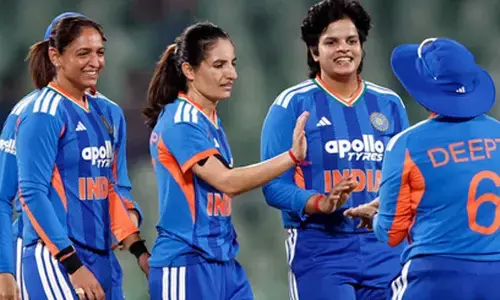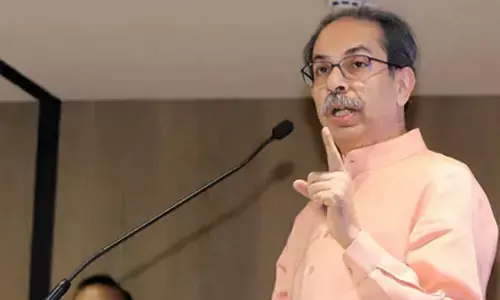Address disparity in award of marks

Address disparity in award of marks
The Delhi High Court recently dismissed a petition which claimed that a disproportionate number of admissions of students from Kerala State Board in Delhi University has taken place, depriving students of other boards and CBSE syllabus students their fair share in admissions.
The Delhi High Court recently dismissed a petition which claimed that a disproportionate number of admissions of students from Kerala State Board in Delhi University has taken place, depriving students of other boards and CBSE syllabus students their fair share in admissions. Justice Prateek Jalan rejected the petition, stating that matters of academic policy were best left to the university and the court would be slow in interfering with the same.
The judgment sounded too technical as it did not take a holistic view. No doubt, it is a matter of policy and the courts could not interfere with it. There could not be any yardstick for the cut-off marks and it is more dependent on the competition that prevails everywhere. But what was in question was the 'scaling mechanism.' The petitioner claimed that 49 per cent of students who got admission in the first cut-off list belonged to the Kerala state board as opposed to 13.6 per cent and 14.8 per cent from CBSE and ISC, respectively. The counsel added that 27 per cent of successful candidates in the first cut-off were from the Rajasthan state board. Here lies the problem. For the Kerala board, both Class 11 and Class 12 marks are being considered which is leading to a disproportionate number of admissions from there as the counsel for the petitioner stated.
It has come to the knowledge of the petitioner that the maximum number of 100 per cent marks have been awarded by the Kerala State Examination Board and a total of 6,000 students from the Kerala State Board have scored 100 per cent marks. Similarly, other state Boards have adopted their own mechanism to award marks to students. But, those from the CBSE syllabus schools could not score that much or in that large numbers.
As we all know, CBSE is a centralised syllabus and the evaluation of the examination papers is done according to an approved norm (which even the SC has not objected to). This seems to be placing the students of CBSE at a disadvantage as awarding marks will not be as liberal as the State Boards. There have been allegations in the past that some State Boards were 'too liberal' deliberately so as to make their students corner seats in prestigious colleges.
It is a fact that certain state boards may have evolved a different manner of assessment leading to some variation in the average marks. Can we call this arbitrary? Should the marks awarded by State Boards be treated on par with the CBSE? The "high" cut-offs are to prevent "over admission" given the fact that many students have scored in the high 90s', academicians agree.
With the pandemic leading to exams being cancelled, Class 12 scores were awarded based on a formula that included marks from the 10th standard board examinations, 11th standard school tests, and those from the mid-term/pre-board examinations held for Class 12. All this has meant bloated averages. If the State Boards are doing so why did not the CBSE do the same? Earlier, there were similar complaints about Tamil Nadu Board too. It is time the governments did something about it.
















